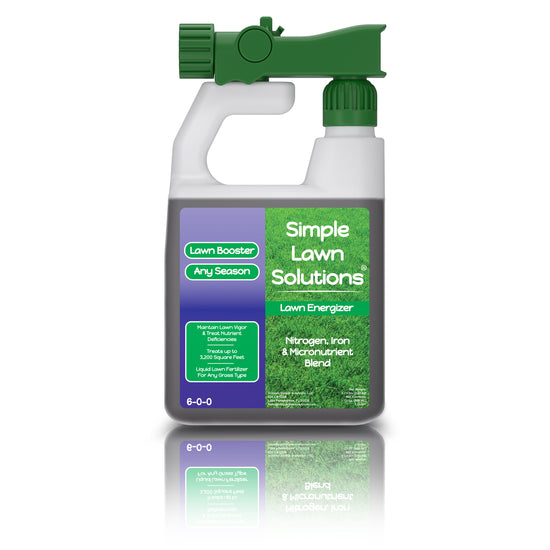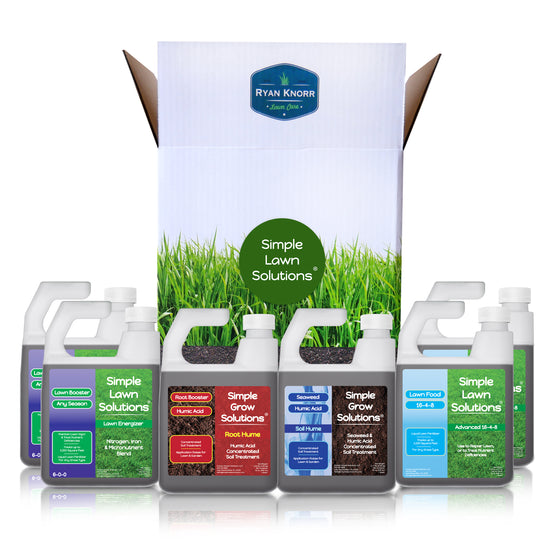What is Fescue Grass?
Although fescues are cool-season grasses, they're well adapted to many regions of the US. Cool-season grasses are adapted to colder winters and do well in daytime temperatures of around 75 degrees. Unlike other cool-season grasses, fescue grass does very well in shaded areas, making them suitable for these areas.
This grass is established from seed and grows in a bunch-type fashion, meaning it doesn't spread from stolons or rhizomes (except for creeping red fescue, hence the name). The best characteristic of fescue grass is that it can stay green year-round, making it attractive to homeowners for residential lawns.
Fescues are generally a dense turf that can withstand foot traffic but is slow to recover if heavily damaged. Fescues are great low-maintenance grasses, that don't require many inputs and can thrive in a wide range of soil environments.
Types of Fescue Grass
Fescue grasses share a variety of similar physical characteristics. Let’s learn about what differentiates these grasses from one another.
There are a variety of fescue grass species including:
- Tall
- Creeping Red (Strong or Slender)
- Chewing's
- Hard
Tall Fescue is the most standard type of fescue grass for residential lawns. Its course blades give this grass a very lush appearance. Its deep root system holds a significant amount of water, making it a very drought-tolerant fescue grass.
Creeping Red Fescue is common for homes and golf courses. It has fine blades of grass and is named for its ability to creep into other areas and grow there. The creeping nature of this fescue grass makes grass care minimal, as it tends to fill in bare and sparse areas of grass on its own.
Chewing's Fescue is almost like a combination of tall fescue and creeping red fescue - its thin blades grow tall and creep upward. This tall grass can be mowed shorter, unlike most other types of fescue grass. It has great shade tolerance
Hard Fescue is the toughest turf when it comes to fescue grass. It can survive in the driest places with small amounts of water. Another excellent characteristic of hard fescue is that it requires minimal maintenance and does well, even without the intervention of lawn care.

Fescue Fertilization
Like other cool-season grasses, fescue grass should be fertilized at least one to two times a year. The first fertilization should occur in the spring and then again in the fall, around six weeks before the first frost.
To make your grass care routine more manageable, check out the benefits of using a liquid fertilizer for your lawn.
It’s always good to test your soil before applying fertilizer, so you can make sure to apply lawn food with the nutrients your soil needs most.









